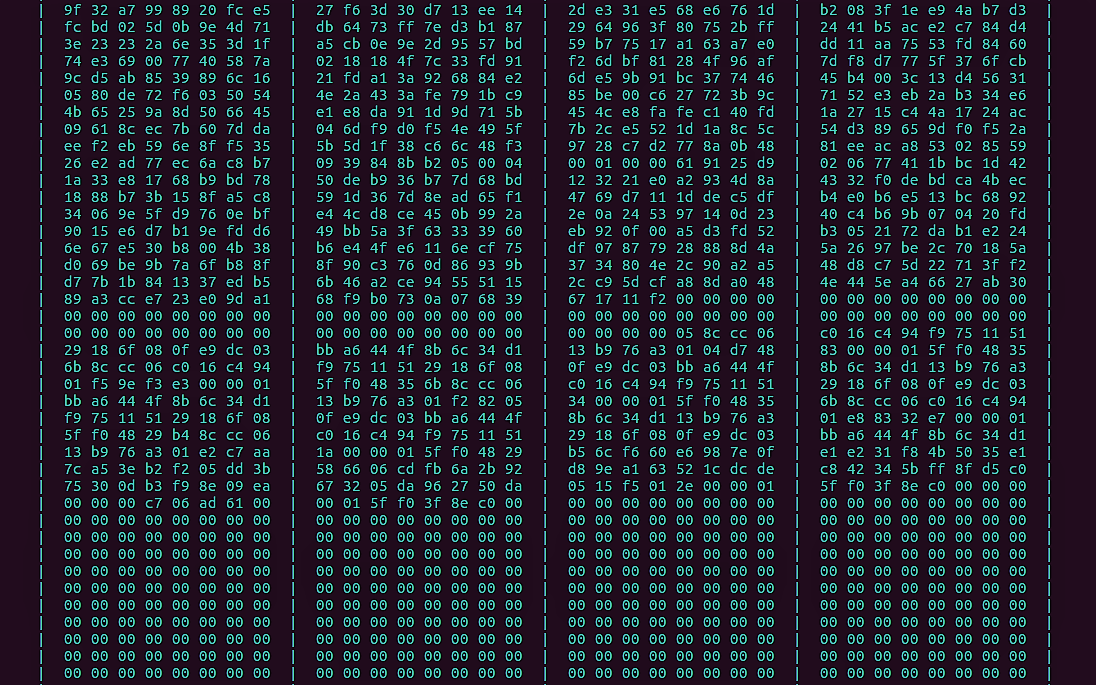Recap
In part 1 of this blog series we presented the “Reverse RDP” attack vector and the security hardening patch we designed and helped integrate into FreeRDP. The patch itself was targeting the software design issue that led to many of the info-leak vulnerabilities that were discovered in the project.
Just to recap, my first encounter with FreeRDP was in 2018, when I was looking for client-side vulnerabilities in code that handles incoming RDP messages. After several rounds of vulnerability research and coordinated disclosures, I grew tired of this game of whack-a-mole. Surely something could be done to handle the software design flaw that leads to many of these vulnerabilities. This led to the patch I submitted to FreeRDP on 2021, and that was just included in the project’s recent (3.0.0) release.
In this 2nd part to the series, we will discuss the the wider aspects encountered during the research on FreeRDP. How come the software design flaw in the project wasn’t fixed between 2018-2021 despite repeated coordinated disclosures of vulnerabilities that stemmed from it? How come multiple research teams reported such issues while none of them helped fix the core flaw? Does the InfoSec community even incentivizes researchers to help resolve large software issues in the encountered projects?
As in part 1, this article will combine both of the perspectives the vulnerability researcher who researched FreeRDP (me in the past) and the software developer that helped them fix their design issue (me in the present). Hopefully, this will help the reader understand the full picture about the interaction between the InfoSec world and the Development world, interaction that in my opinion should be significantly improved.
Let’s start.
Continue reading “Reflections on InfoSec and the Development World – FreeRDP as a Case Study”


